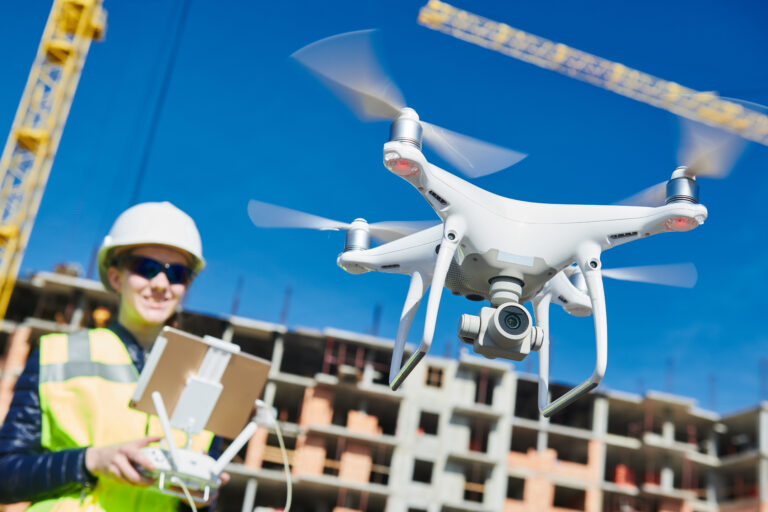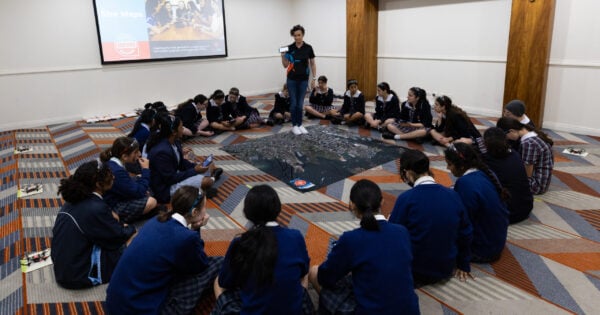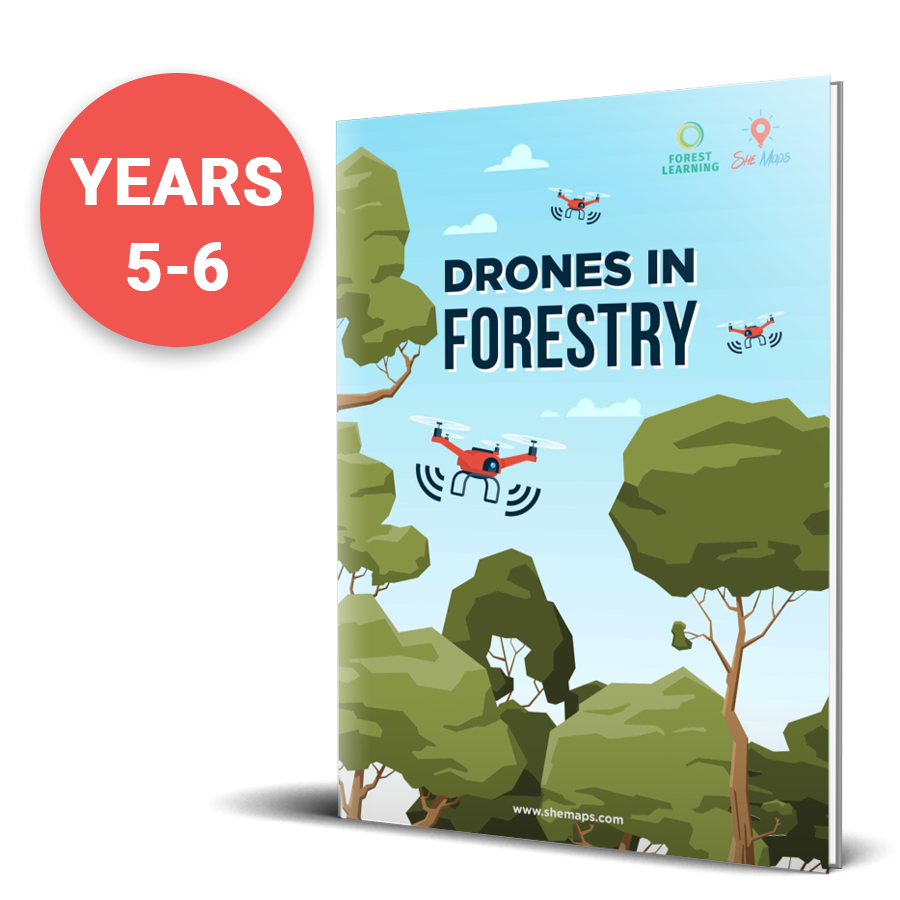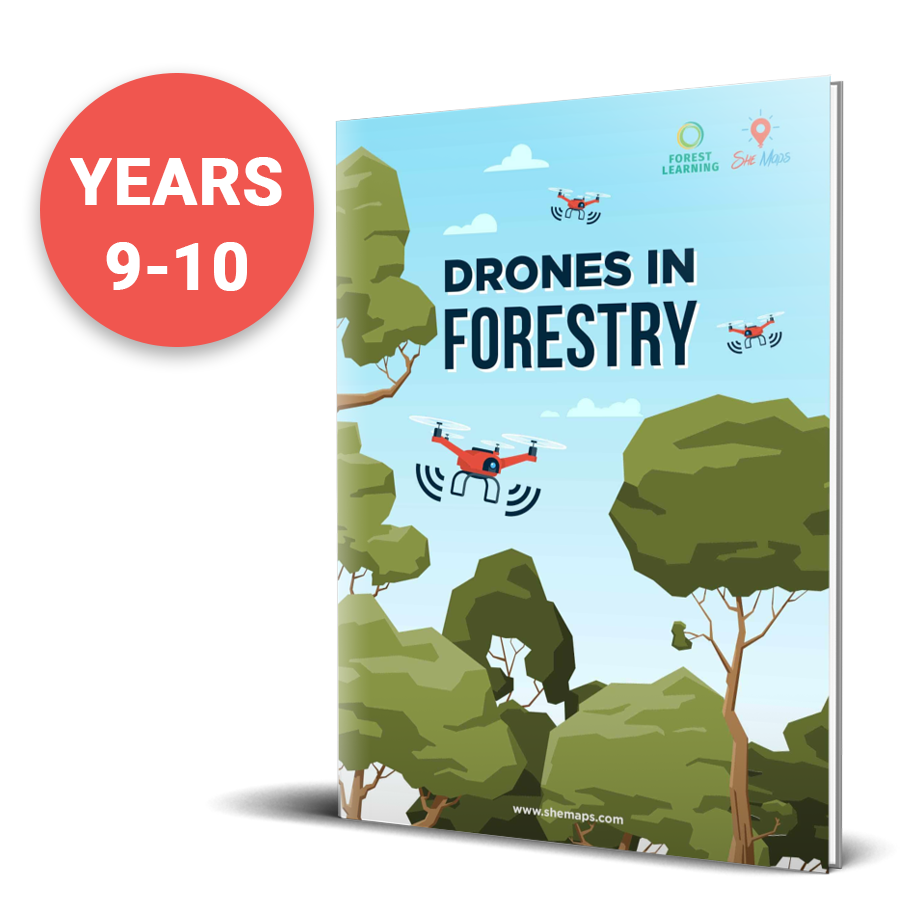The Australian edition of the Huffington Post (online newspaper) ran a story in 2016 claiming that a career in drone operations is “the job of the future”. This claim (and other similar ones) have encouraged youngsters to opt for a Remote Aircraft Pilot’s Licence (RePL) and a Remote Aircraft Operator’s Certificate (ReOC).
However, does this claim stand the test of time? Is a career in drones worth pursuing?
I feel that the statement holds some merit. Just look at how popular drones (or UAVs) are today!
The drone market is vast, and it is quickly expanding to different sectors and industries. Today, you can find drones hovering over construction sites for construction inspection, mines, building projects, wedding venues, film sets and promotional events.
Speaking from personal experience, I can vouch that drones are a game-changer in architecture, engineering and construction (AEC) sites, especially with improving workplace safety and reducing turnaround time.
The construction industry, in particular, has tons of opportunities for young students who aspire to become builders, engineers and architects when they grow up.
The drone mapping program by Shemaps is a beautiful initiative by educators to train students in drone tech. It is an advanced program for schools that exposes students to drone surveying, data collection and drone mapping practices in Australia.
As a drone enthusiast myself, I would love to share my experience working at Avian Australia, a drone surveying and data visualisation company in Melbourne. We use drones to inspect construction sites and help us determine the investment value of properties with accurate survey data. Also, we use it to create insightful data visualisations and help AEC professionals make crucial business decisions.
As part of the Drone Mapping Program, students learn about the theoretical aspect of drone operations (with monitored drone flight activities). To make things interesting, I want to share the on-site realities of the drone inspection process.
Working with drones is fun! Here is a short case study for students and educators who want to understand how drones conduct a land survey on a construction site.
Identifying the problem
In the case study shared above, our client was a builder who wanted land surveying services for three building units on a residential block in Victoria.
Earlier, land surveyors would manually inspect the site to collect data insights such as site measurements, asset condition, worksite productivity etc.
According to a Mckinsey report, this was a cumbersome and expensive process.
Without drones, construction projects experience a 20% chance of delays and 80% overspending and extending the budget.
Exploring various survey options
Once a client approaches us with their requirement, we request a physical site inspection and consultation. Our team manually visits the site to gauge the size and scalability of the project.
Based on these insights, we decide the drone surveying equipment, budget and schedule for the survey.
In this case, after we had the first site visit, our drone operators decided to opt for title and feature level surveys as they would be the most cost-effective and optimum for the client.
A land title survey investigates factors that affect site boundary measurements, registration documents, ownership rights etc.
Feature level surveys review the existing contours and topography of the land. This includes an inspection of the vegetation, current buildings, fences, drains, pipelines etc., in and around the property.
Things to do before a drone survey
Before I dive into the actual drone surveying process, I want to discuss a few practical tips on preparing for the survey. These are some professional practices that all reliable drone surveying companies follow.
- We decide on the drone survey data and keep tabs on the weather report for the week when the survey is scheduled.
- On the day of the inspection, we check and recheck the drone equipment
- We run a few test flights on-site to ensure that everything is working properly
We start the drone survey only after the initial drone equipment check and a few successful test runs. This helps us identify damages, technical errors and other issues that might hinder the survey and resolve it beforehand.
The drone surveying process
For land surveys, our team uses GCPs or ground control points. GCPs are actual landmarks on the site that help drone operators navigate and identify the exact locations to capture on the ground.
We also use GCPs in photogrammetry software to align the camera position to the location for precise, accurate images.
GCPs also help us digitally recreate the mapped area and use it for 3D models, company videos, short promotional clips etc.
There is no fixed number of GCPs required for a project, and it depends on the site location, topography, volumetric measurements and other factors.
A rule of thumb we go by is that the more GCPs on the ground, the better the accuracy of the map.
However, without any checkpoints, there is no natural way to verify the accuracy of the map. Checkpoints help surveyors validate data accuracy by comparing the processed map with on-site coordinates.
Drone data processing and drone mapping
Once we have collected the survey data, we transfer it to photogrammetry software. This is because the drone captures data in raw, inaccessible formats.
It would be best to have photogrammetry software to process drone data, edit the footage and convert it into accessible formats.
The drone footage helps engineers and architects design plans/drawings for the project.
Drone surveys capture the on-site activities and report them to the project manager in real-time.
It also aids builders in generating interactive video clips that they can share with stakeholders.
Results about drone inspections
Land surveying with drones is a dynamic and exciting experience. However, we cannot risk any errors in the professional space as there is a lot at stake.
Simple mistakes can cost the client a fortune. That is why it is necessary that you follow the CASA drone regulations, have the necessary permits and training required to handle such projects.
As a starting point, students and teachers can go through this detailed blog on – Ultimate Guide to Buying Educational Drones For Your School to get started on this exciting journey to learn more about Drones.
I applaud this initiative by Shemaps in educating the youngsters about drone tech and opening new avenues for them in the AEC industries. A career in drone operations is very rewarding, and I hope you got some valuable insights about the on-site realities of drone mapping and surveys. Good luck!

Chris Patchell
Chris Patchell is the General Manager & Director of Operations at AVIAN Australia. He is an avid drone enthusiast and loves innovative technologies. Chris is highly motivated and has a very hands-on approach to things and his goal is to create awareness about drone tech in Australian AEC industries.
On his days off, he is often scouting locations for photogrammetry and laser scanning. These days you’ll probably find Chris around the place using his drones and laser scanners to capture and recreate the real world in 3D space.








